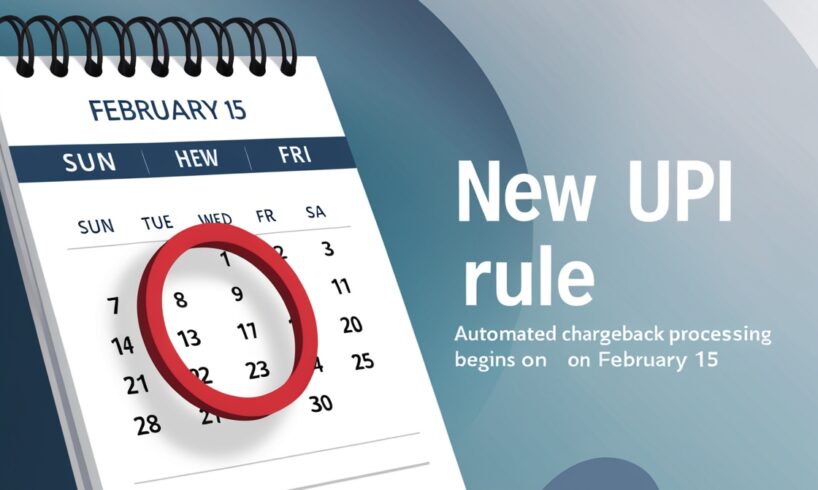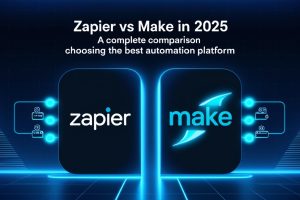
The Unified Payments Interface (UPI) has revolutionized digital transactions in India, making payments seamless, instant, and highly secure. With the increasing volume of UPI transactions, cases of failed transactions and disputes have also risen. To enhance user experience and streamline the resolution process, the National Payments Corporation of India (NPCI) has introduced an automated chargeback processing system, effective February 15. This new rule aims to expedite refunds for failed transactions, ensuring greater transparency and efficiency in digital payments.
What is the New UPI Auto Chargeback Rule?
The latest UPI update mandates that banks and payment service providers (PSPs) must process chargebacks automatically for failed transactions. This means:
- Faster Refunds: Users will receive their refunds instantly or within a defined time frame without requiring manual intervention.
- Automated Dispute Resolution: The system will identify failed transactions and initiate chargebacks proactively.
- Reduced Customer Complaints: The automation will minimize disputes and delays related to failed UPI payments.
Why is the New Rule Important?
The automated chargeback processing system is introduced to tackle:
- Increase in Failed Transactions: With UPI usage skyrocketing, failures due to network issues, bank downtimes, or technical glitches have become frequent.
- Delayed Refunds: Previously, users had to file complaints and wait for banks to manually resolve issues, causing frustration.
- Customer Trust & Security: A smoother refund process will boost confidence in digital transactions, encouraging more users to adopt UPI.
How the Automated Chargeback Process Works
The chargeback process will now follow these automated steps:
- Transaction Monitoring: Banks and PSPs will continuously monitor UPI transactions to detect failures.
- Instant Chargeback Trigger: If a transaction fails but the amount is debited, an auto chargeback request is generated.
- Bank Confirmation & Refund Initiation: The concerned bank verifies the failure and processes the refund within the NPCI-defined timeframe.
- Automatic Credit to User: The refund is credited to the user’s bank account without requiring a formal complaint.
Benefits of Automated Chargeback Processing
The introduction of auto chargebacks brings several advantages:
- Faster Resolutions: Users no longer have to wait for weeks to get their money back.
- Reduced Bank Workload: Automation decreases the manual effort required for dispute resolution.
- Improved Transaction Security: Ensures users don’t lose money due to technical failures.
- Better User Experience: Enhanced trust in UPI payments encourages wider adoption.
Challenges & Considerations
While the new system is expected to be a game-changer, it may face certain challenges:
- Initial Implementation Hurdles: Banks and PSPs need to upgrade their infrastructure to support automation.
- Handling Edge Cases: Situations like partial failures or double debits may require additional manual intervention.
- Monitoring & Compliance: Regulators will need to ensure banks comply with the new rule effectively.
The automated chargeback processing system under UPI is a significant step toward making digital transactions more reliable and user-friendly. By eliminating manual refund requests and delays, this new rule will enhance efficiency, improve trust, and contribute to India’s vision of a cashless economy. As banks and payment providers implement the changes, users can expect a smoother, hassle-free experience starting February 15.

I am a person who is positive about every aspect of life.I have always been an achiever be it academics or professional life. I believe in success through hard work & dedication.
Technology Blogger at TechnoSecrets.com






